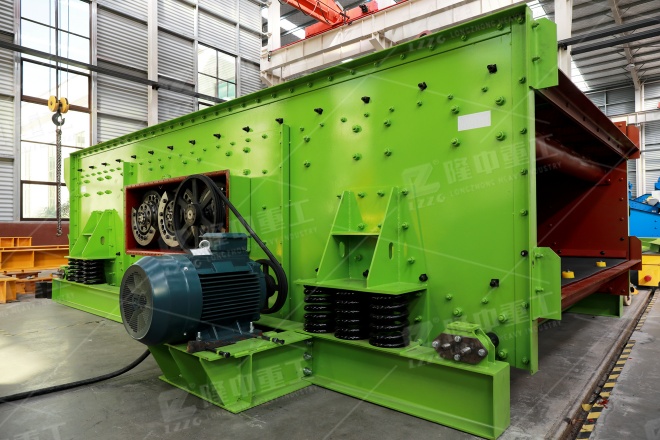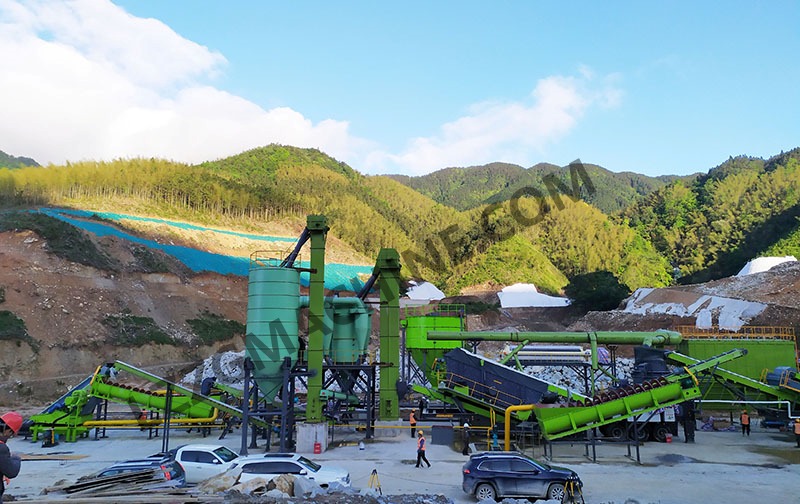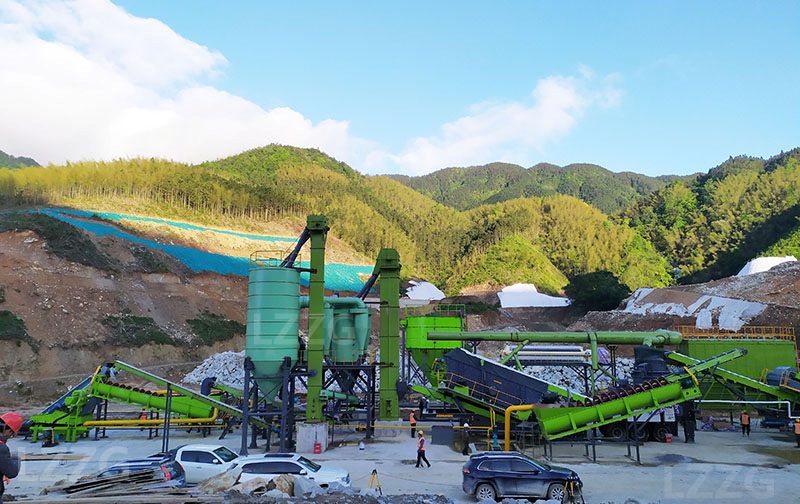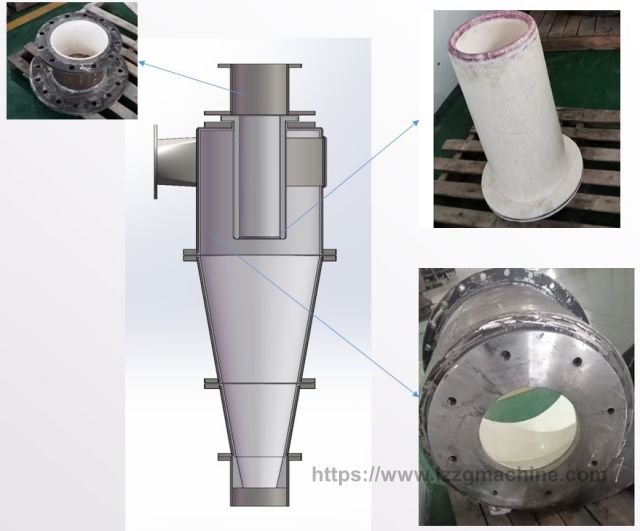Water content control of regenerated silica sand
 October.26,2022
October.26,2022
In sand casting, the discharge of waste sand often causes great pollution to the environment. Therefore, most foundry companies have established sand reuse systems. However, the silica sand regenerated through the sand reuse system may not meet the molding needs. This requirement We control the quality of reclaimed sand. The following describes the quality control of the regenerated silica sand through various important parameters of the regenerated silica sand.
1. Moisture
The reaction process of ester hardened water glass sand is a dehydration process, so it is more sensitive to the moisture of the original sand. If the moisture content in the original sand is too high, the produced sand will not have enough strength, which will affect the production. In the case of using a large amount of recycled silica sand, we must control its moisture content, generally controlled at ≤ 0.5%.
Our company’s reclaimed sand recycling system adopts a dry thermal regeneration system. In the wet season in summer, we find that the old sand will absorb moisture and condense into a block. Sand removal to ensure the normal operation of the sand recycling system. In addition, the old sand after roasting is also easy to absorb moisture during the cooling process, causing the pipeline to be blocked, so the pipeline should be maintained frequently.
2. Granularity
The particle size requirements should be related to the type of molding sand and molding requirements. Our company mainly produces large-scale castings, which have high requirements for sand mold strength. The main particle size content of recycled sand is required to be no less than 75%, and the content of micropowder is no more than 0.8%.
In general, the main particle size content of the reclaimed sand can be qualified, and the main reason for the problem is that the content of fine powder is too high. The main function of the sand recycling system is to mechanically remove the water glass film attached to the surface of the silica sand. A large amount of dust will be generated during collision and friction. If the dust cannot be separated and discharged, the content of fine powder will be very high. By dedusting all levels of dust removal equipment in the sand regeneration system, the requirement that the content of fine powder is not higher than 0.8% can be achieved. If the content of reclaimed sand micropowder is too high, it can be controlled by detecting whether the dust removal equipment at all levels is normal and improving the dust removal capacity of the equipment.





